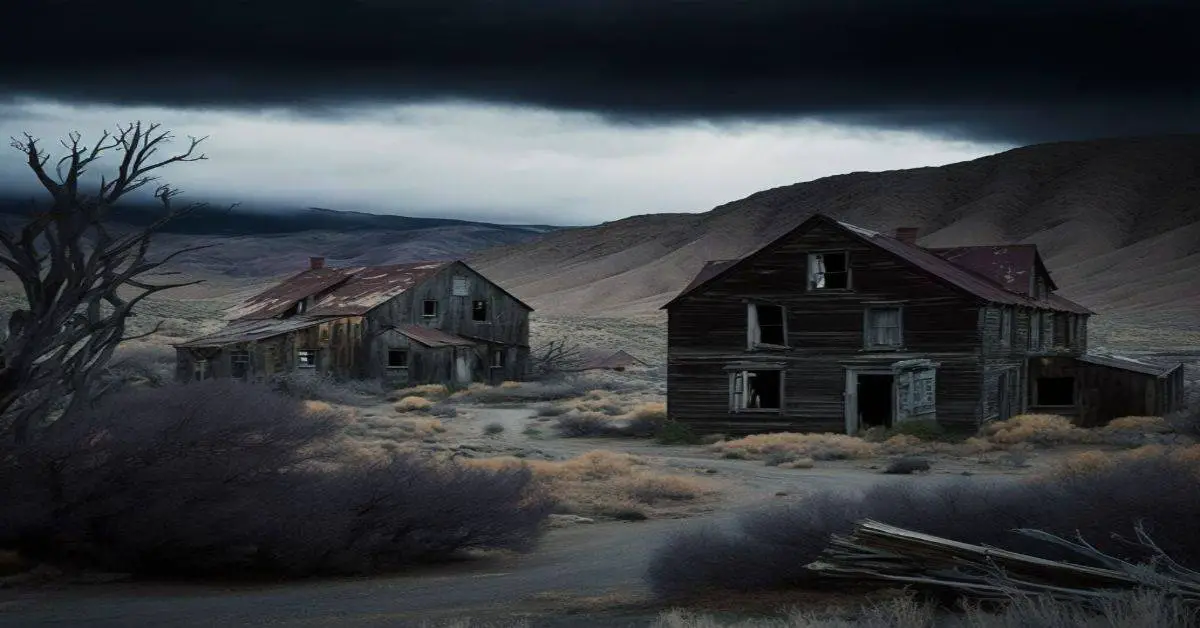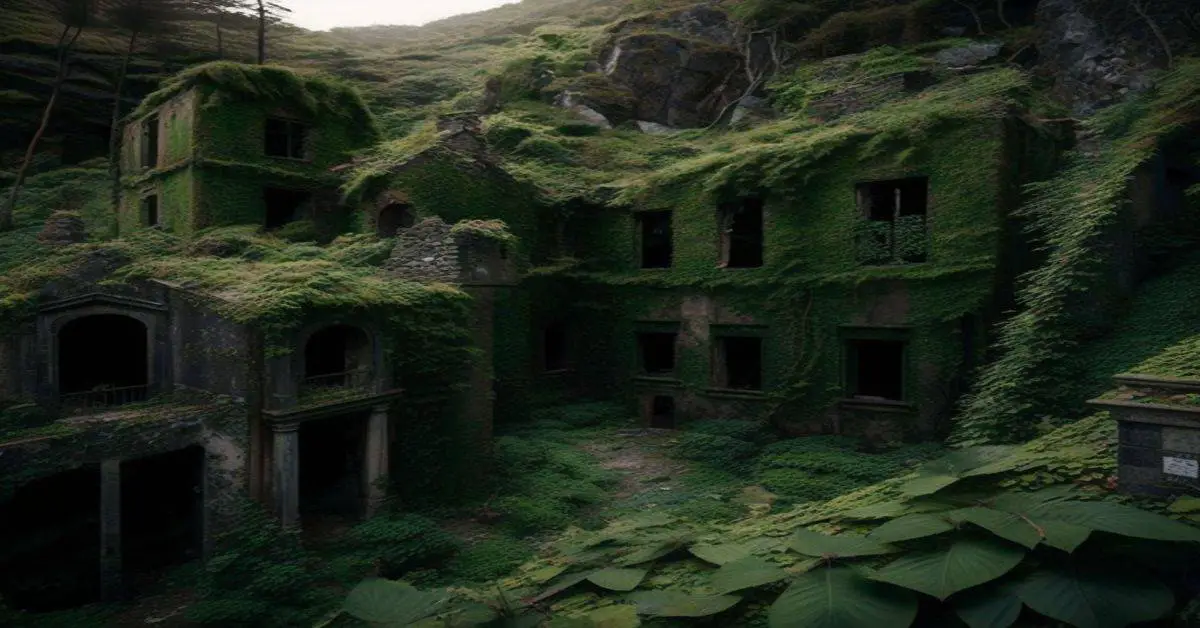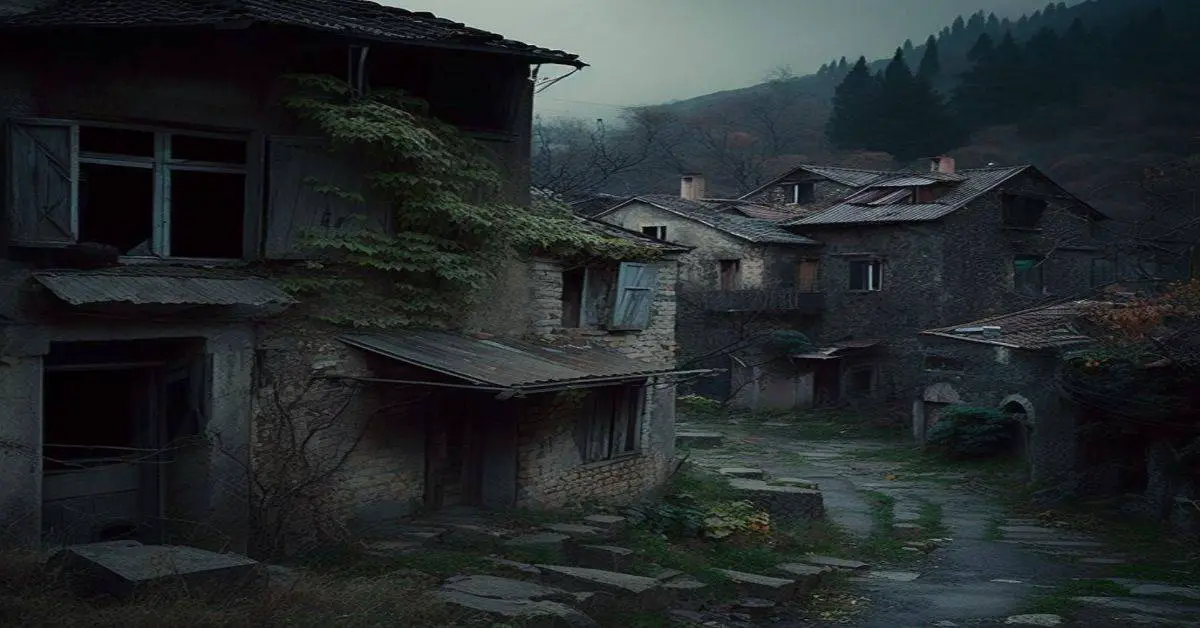Tuscarora, a ghost town in the heart of Elko County, Nevada, is steeped in history and mystery. The town, once a bustling silver mining hub, saw its heyday from 1870 to 1890 when it was home to a diverse population of white and Chinese miners.
At its peak, Tuscarora, Nevada, had a population of around 4,000. It was a hub of commercial activity, with businesses ranging from saloons and brothels to general stores and blacksmith shops. Despite its success, Tuscarora’s fortunes began to decline in the late 19th century due to a series of fires and the gradual decline of the mining industry.
Today, the town is a haunting reminder of the past, with only a few original buildings still standing. Nonetheless, Tuscarora’s rich history and unique character continue to draw visitors from all over the world, eager to discover the stories that make this ghost town so fascinating.
In this article, we will delve deeper into the history of Tuscarora, exploring its society, economy, and culture to uncover the secrets that make this place so hauntingly intriguing.
Key Takeaways
- Tuscarora, Nevada, was a silver mining town with its most productive years from 1870 to 1890, producing $40,000,000 in silver.
- Chinese miners were more efficient than white miners in placer mining, and the town had a population of about 4,000 people, split almost equally between whites and Chinese during its most productive years.
- The town suffered from fires and a discovery in the Wood River region of Idaho, which started a small departure from Tuscarora.
- Today, Tuscarora is classified as a ghost town, although a few people still live there, and visitors can enjoy its unique history and surroundings.
Location and Mining History
Tuscarora, a ghost town in Elko County, Nevada, was once a prosperous silver mining town that experienced its most productive years from 1870 to 1890. During this time, the town’s mines produced an impressive $40,000,000 in silver. However, the town’s success was not just due to its rich mineral deposits. Tuscarora also had abundant water, which was essential for the mining process.
Despite having ample water resources, few inhabitants used it for drinking purposes.
Today, Tuscarora is classified as a ghost town, but remnants of its mining history can still be seen. Abandoned mines, some still accessible, offer a glimpse into the town’s past. Additionally, the town’s once-thriving economy and infrastructure can be seen through the few existing buildings, such as the Tuscarora Brewery.
Although some businesses closed their doors, mills were built to process the ore, stage lines included the town in their routes, and schools were constructed. Tuscarora’s mining legacy is an important part of its history and remains an intriguing aspect of the town’s haunting allure.
Society and Demographics
During the silver mining boom in the late 1800s, the population of Tuscarora was split almost equally between white and Chinese miners. The Chinese miners were more efficient in placer mining, causing frustration among the white miners who eventually left and began prospecting in nearby hills. By the end of 1869, over 200 Chinese miners had arrived and formed a Chinatown adjacent to the Tuscarora camp.
The Chinese came to build the railroad and stayed to operate opium dens, brothels, and gambling houses. In the most productive years of 1878 and 1879, the population had reached 1,500. The cemetery in Tuscarora is a sad reminder of infant mortality, which was a common occurrence in towns during that era.
Visitors to Tuscarora, Nevada are guaranteed to enjoy exploring the Chinese influence in the town’s history, including the unique mix of cultures and traditions that emerged during the mining boom. The Chinatown area of Tuscarora is still visible today, and visitors can learn about the lives of Chinese miners through exhibits and tours.
Additionally, the cemetery in Tuscarora is a fascinating place to visit, as it provides insight into the town’s demographics. Visitors can see the graves of infants who died from diseases that were common during that era, as well as the graves of Chinese miners who lived and worked in the town.
Overall, Tuscarora’s society and demographics are a compelling part of the town’s haunting history.
Tourism and Entertainment
Exploring the remnants of a once-thriving silver mining town in Elko County, Nevada, can transport visitors to experience the legacy of a bygone era. Tuscarora, a ghost town in the region, offers visitors a glimpse of its rich history through its well-preserved historic buildings. One of the most notable buildings is the Tuscarora Brewery, which still stands today.
Visitors can also visit the old schoolhouse, the cemetery, and the remains of the old mills used to process the ore.
Besides exploring the historic buildings, visitors can also participate in local events celebrating the town’s past. The Tuscarora Volunteer Fire Department hosts an annual Fourth of July celebration with a parade, games, and a barbecue. The Tuscarora Ladies Club also holds a fundraising event every year, which features a craft fair, a quilt show, and a bake sale.
These events not only provide visitors with entertainment but also give them a chance to support the local community. Overall, a visit to Tuscarora is a must for history buffs and those seeking to experience the American West’s unique culture.
Frequently Asked Questions
What caused Tuscarora’s fires, and how did they affect the town’s population?
Fires in Tuscarora were caused by various factors, including dry conditions, wooden buildings, and lack of fire prevention measures. The fires led to a decline in population and closure of businesses, contributing to the town’s eventual classification as a ghost town.
Were there any notable individuals or events associated with Tuscarora during its heyday?
Notable figures during Tuscarora’s heyday included J.C. Davis, who discovered the silver deposits, and Eilley Orrum Bowers, a prominent businesswoman. Events included the founding of Chinatown and the production of $40 million in silver.
What is Tuscarora’s current population, and are any efforts being made to preserve the town’s historic buildings and landmarks?
As of 2021, Tuscarora is classified as a ghost town with a few remaining residents. Current preservation efforts include the Tuscarora Foundation, which aims to restore and maintain historic buildings and landmarks. Demographic changes have led to a decline in population and economic activity.
What lesser-known attractions or activities can visitors enjoy in Tuscarora and the surrounding area?
Visitors to Tuscarora can enjoy local cuisine at the Tuscarora Inn and outdoor recreation such as hiking and fishing in the surrounding area. The town also has historical buildings and landmarks to explore.
Has Tuscarora been featured in any notable literature, film, or other media?
Exploring Tuscarora’s Influence on Pop Culture, Famous Tuscarora Residents: Tuscarora has not been prominently featured in mainstream media, but it has been mentioned in books such as “Connecting The West” and “Old Heart of Nevada.” No famous residents have been noted.


